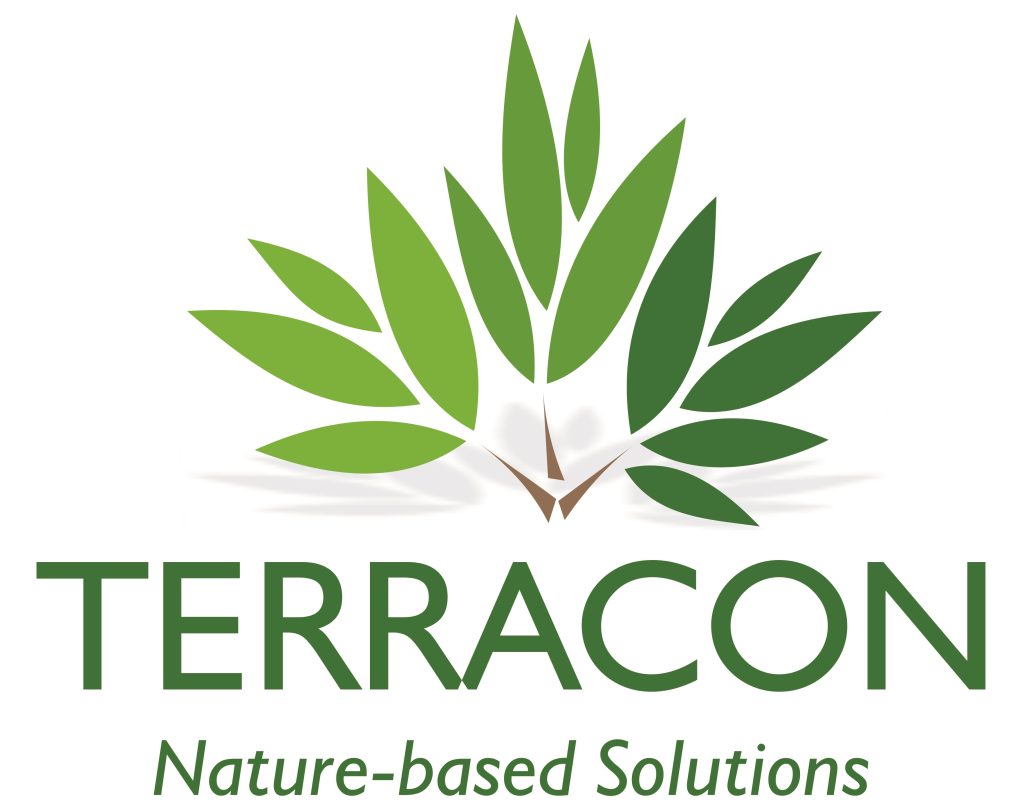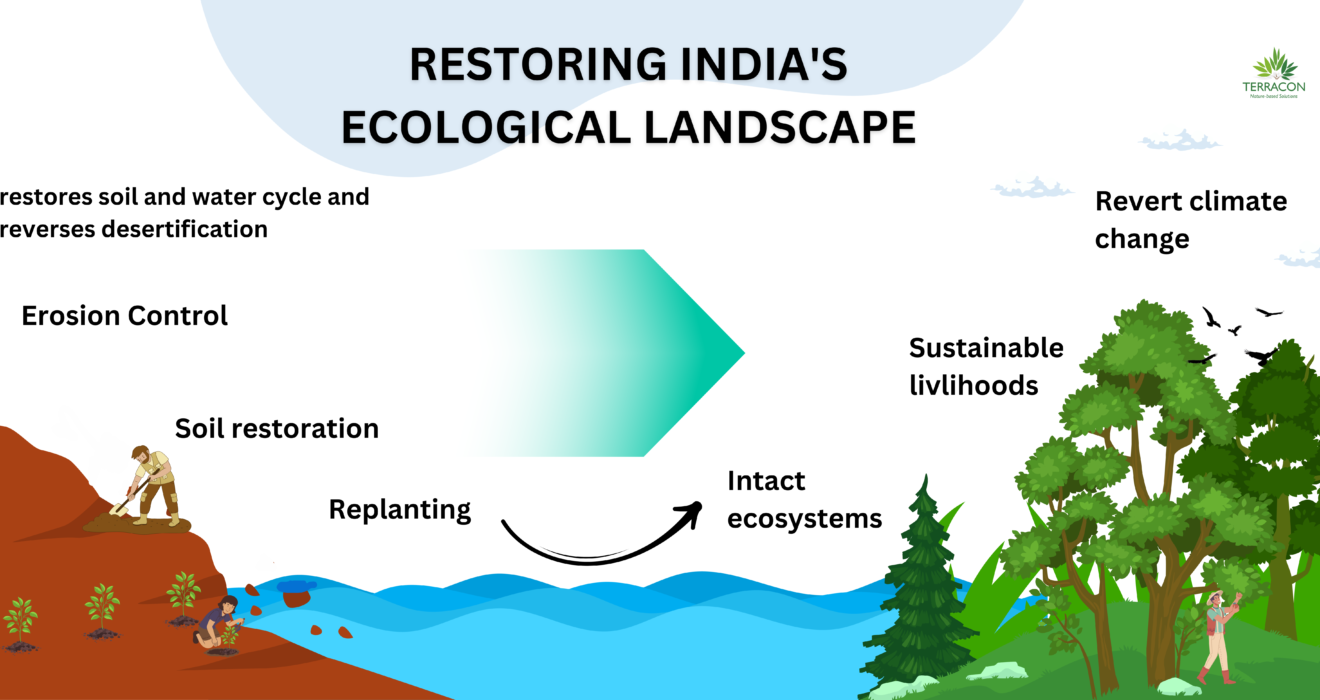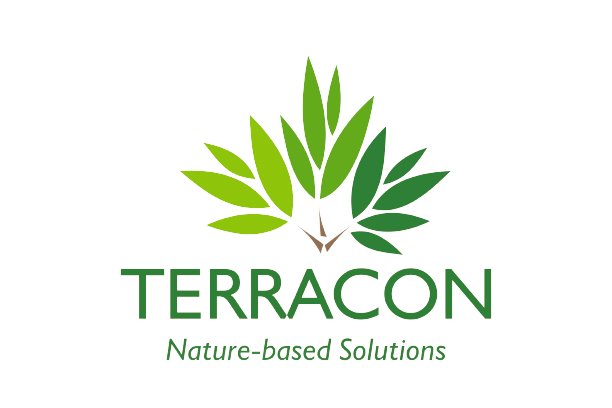As we navigate the complex relationship between economic development and environmental conservation, we’re reminded of the critical importance of preserving our ecological heritage. The natural world, which has given us so much, is facing unprecedented threats. Climate change, deforestation, pollution, and unsustainable land-use practices have taken a devastating toll on our ecological landscapes. Environmental degradation has far-reaching consequences, from devastating natural disasters to the erosion of human well-being. Yet, amidst the challenges, lies an opportunity for transformation. By embracing innovative solutions, sustainable practices, and a collective commitment to preserving our ecological heritage, we can restore the beauty and vitality of our natural world. learn more about what is devasting consequences of ecological landscape in India?
To balance economic growth with environmental stewardship, we must acknowledge the intricate relationship between human activities and the natural world. Ecological landscape restoration is a crucial step in this journey. By rehabilitating degraded or damaged ecosystems, we can promote biodiversity, improve ecosystem services, and enhance human well-being.
Restoring our ecological landscapes can have a significant impact on the environment and human health. For example, a study in India found that restoring degraded forests can help sequester up to 1.7 billion metric tons of carbon dioxide equivalent. Similarly, a study in the Sundarbans mangrove forest found that restoring these ecosystems can help protect against storm surges and erosion, while also supporting the livelihoods of local communities.
Through our research and experience, we’ve developed a range of innovative solutions that can help mitigate the impacts of environmental degradation. Some of these solutions are:
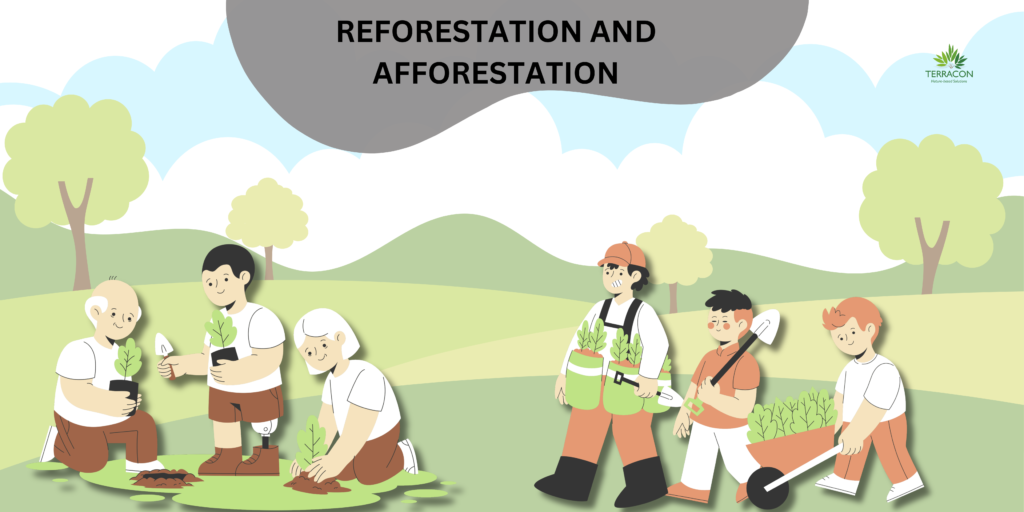
- Reforestation and Afforestation: Planting trees and restoring forests is crucial for combating climate change, preventing soil erosion, and providing habitats for wildlife. By creating and managing diverse biodiversity parks, we can help restore the Sundarbans’ habitat, climate regulation, and community engagement For example, Biodiversity Parks , Urban forest , service can help create and manage diverse biodiversity parks, ensuring habitat restoration, climate regulation, and community engagement. Organizations dedicated to forest conservation are working to restore 10 million hectares of degraded forests, which can help sequester up to 1.7 billion metric tons of carbon dioxide equivalent.
Forest restoration can increase water yields by up to 20%, while also reducing soil erosion and improving water quality.
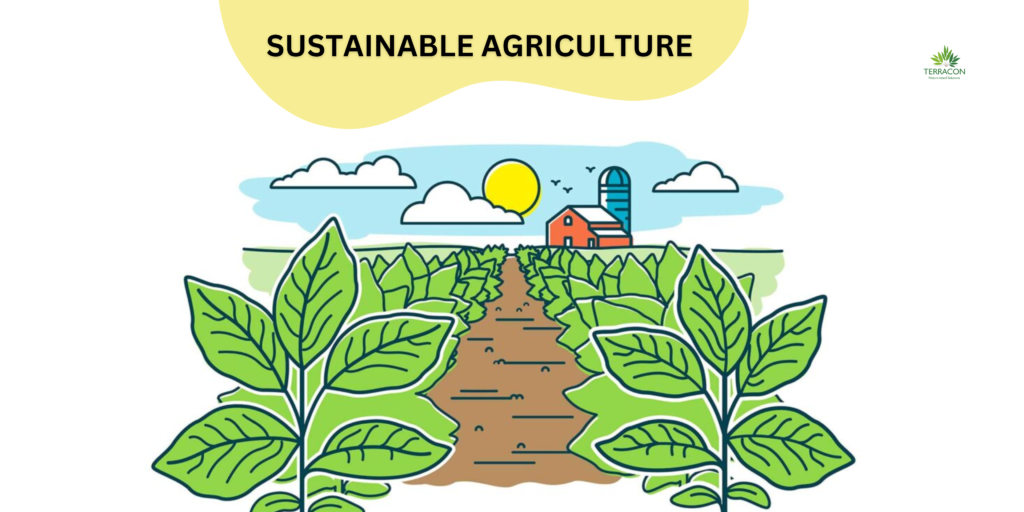
- Sustainable Agriculture: practices, such as organic farming, agroforestry, and permaculture, offer a holistic approach to reducing the environmental impact of agriculture, promoting biodiversity, and improving soil health. By adopting these methods, farmers can create regenerative and self-sustaining ecosystems that mimic natural systems. Organic farming improves soil structure, promotes biodiversity, and reduces water waste. Agroforestry prevents soil erosion, conserves biodiversity, and mitigates climate change. Permaculture systems use diverse plant species, polycultures, and companion planting to promote biodiversity and reduce water waste. By incorporating these sustainable agriculture practices, farmers can create resilient ecosystems that provide nutritious food, improve food security, and contribute to a more sustainable future.
https://www.fao.org/family-farming/detail/en/c/1043688/Sustainable agriculture practices can increase crop yields by up to 20%, while also reducing greenhouse gas emissions and improving soil health.
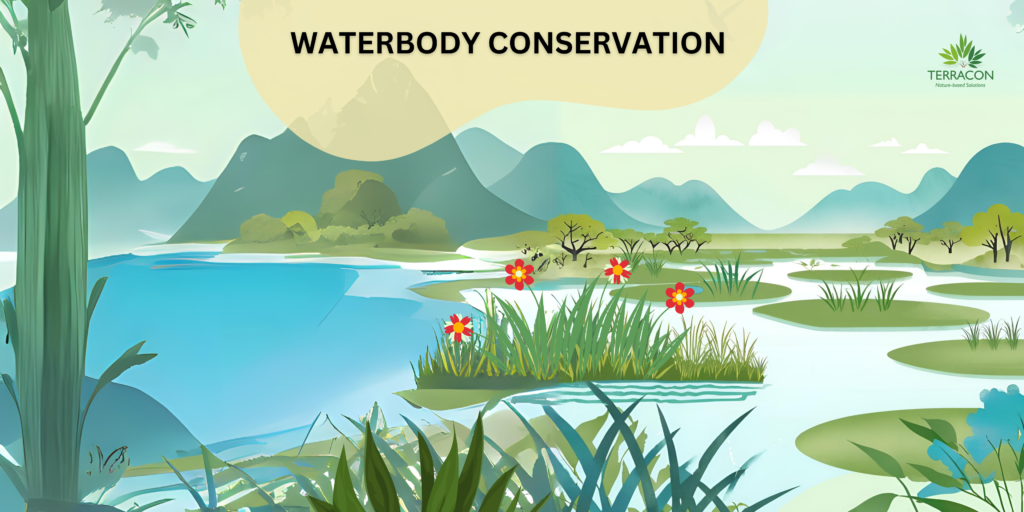
- Waterbody conservation: involves protecting and restoring these vital ecosystems, which provide habitat for diverse aquatic species, regulate water cycles, and mitigate the impacts of climate change. Wetlands are crucial for maintaining water quality, preventing flooding, and supporting biodiversity. Conservation efforts focus on preserving and restoring these delicate ecosystems to ensure their continued health and functionality. Protecting and restoring wetlands can help maintain water quality, prevent flooding, and provide habitats for aquatic species. For example, Lake and River Restoration service can help restore degraded waterbodies and promote sustainable water management practices. Organizations focused on wetland conservation are working to preserve over 1,000 wetlands across India, which can help support up to 20% of India’s biodiversity.
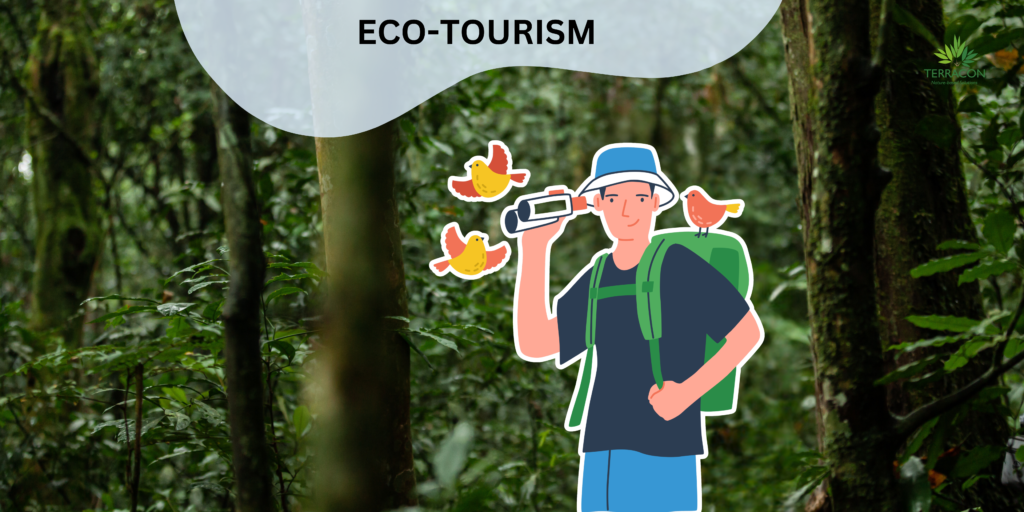
- Eco-Tourism: promotes responsible travel practices that support the conservation of natural habitats and local communities. This approach encourages tourists to engage with nature in a sustainable and respectful manner, generating income and jobs for local communities while promoting environmental stewardship. Eco-tourism helps to create a sense of ownership and pride among local communities, fostering a culture of conservation and sustainability. Responsible tourism can help promote the conservation of natural habitats, support local communities, and provide an alternative source of income.
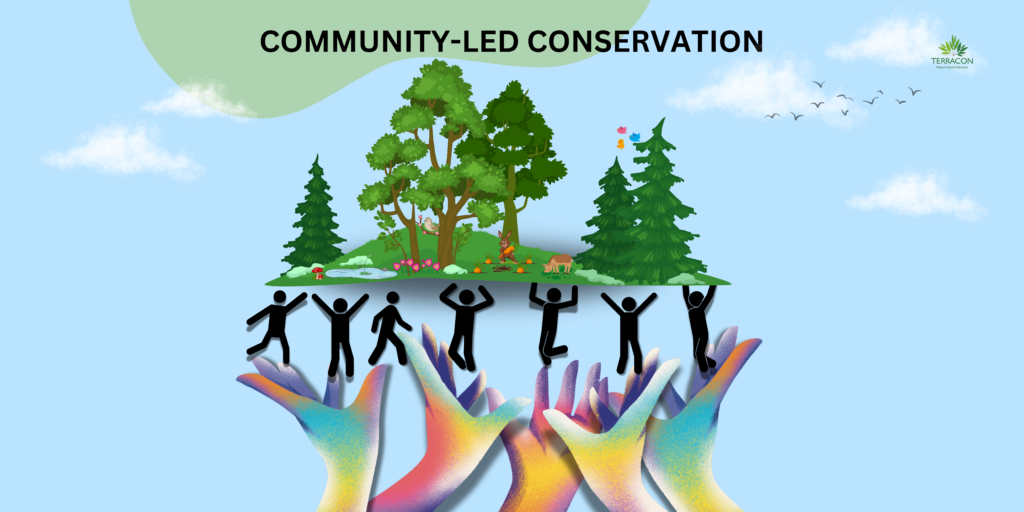
- Community-led conservation : empowers local communities to take ownership of conservation efforts, promoting sustainable livelihoods and preserving traditional knowledge. This approach recognizes the intricate relationship between humans and the environment, ensuring that conservation efforts are tailored to the specific needs of each community. By putting communities at the forefront, conservation becomes a collaborative and inclusive process. Empowering local communities to take ownership of conservation efforts can help promote sustainable livelihoods, protect natural habitats, and preserve traditional knowledge.
Conclusion:
In conclusion, restoring India’s ecological landscapes is crucial for sustainable development. Innovative solutions, sustainable practices, and collective commitment can help restore degraded landscapes and ensure a sustainable future.
The outlined solutions, including reforestation, sustainable agriculture, wetland conservation, eco-tourism, and community-led conservation, offer hope. By adopting these solutions, we can promote sustainable land-use practices, restore degraded landscapes, and conserve biodiversity.
Let’s work together to prioritize ecological landscape restoration and conservation for a sustainable future.
Together, we can make a difference.

Written by
Anjeeta Goud
Team Business Development and Strategy
Terracon Ecotech
Reference :
The Global Landscapes Forum (2019)
Economic benefits of ecosystem restoration in India
Restoring degraded forests in India
Sustainable agriculture practices
